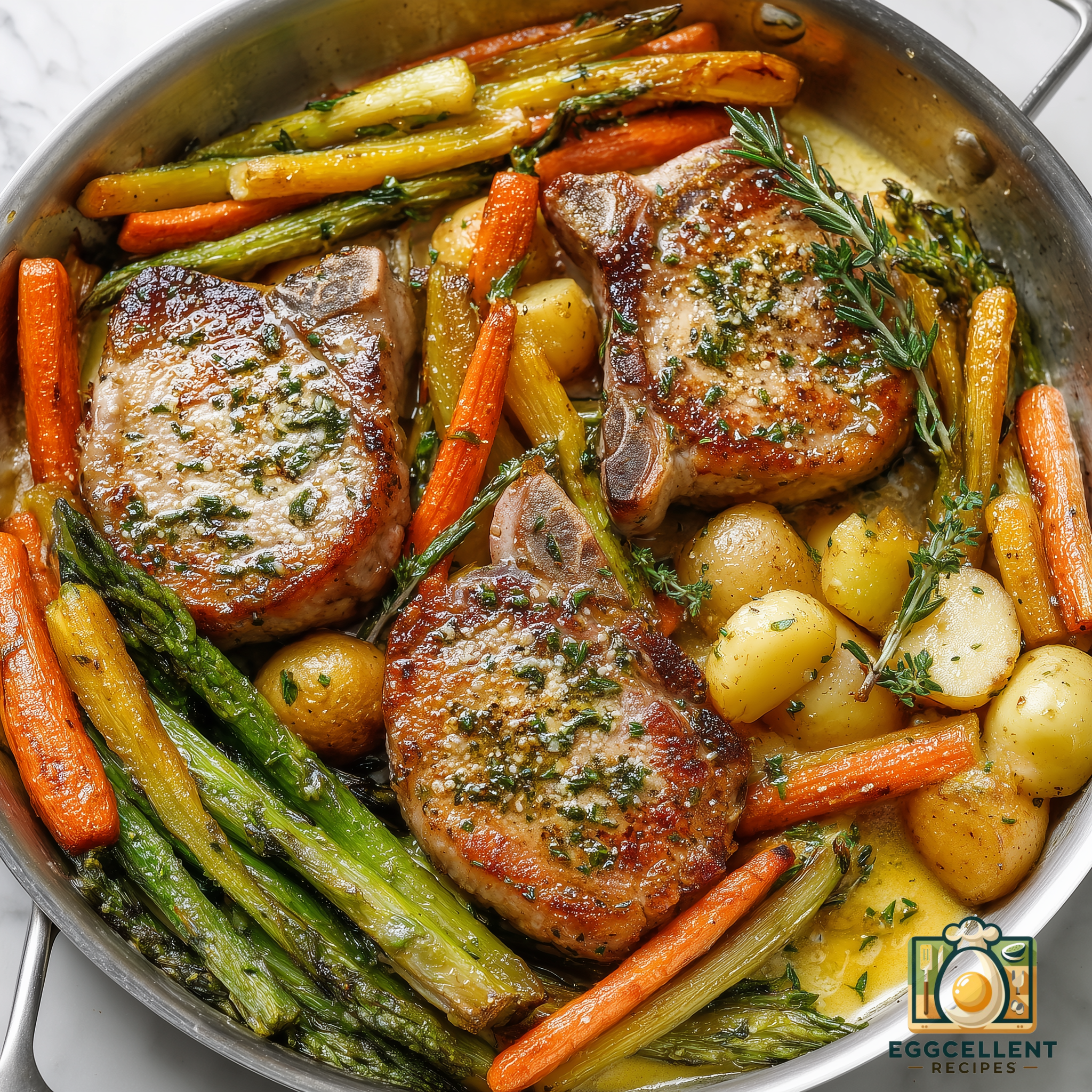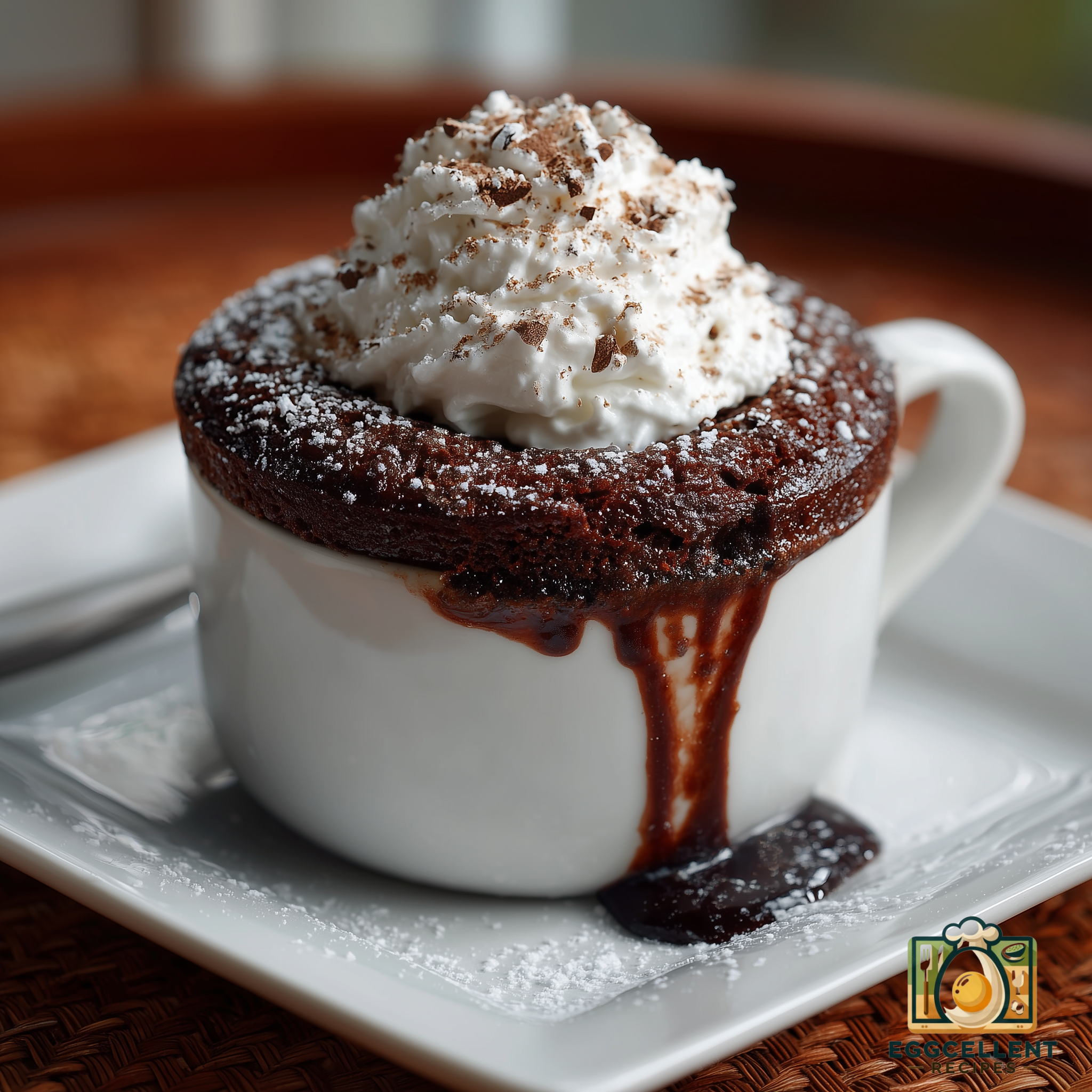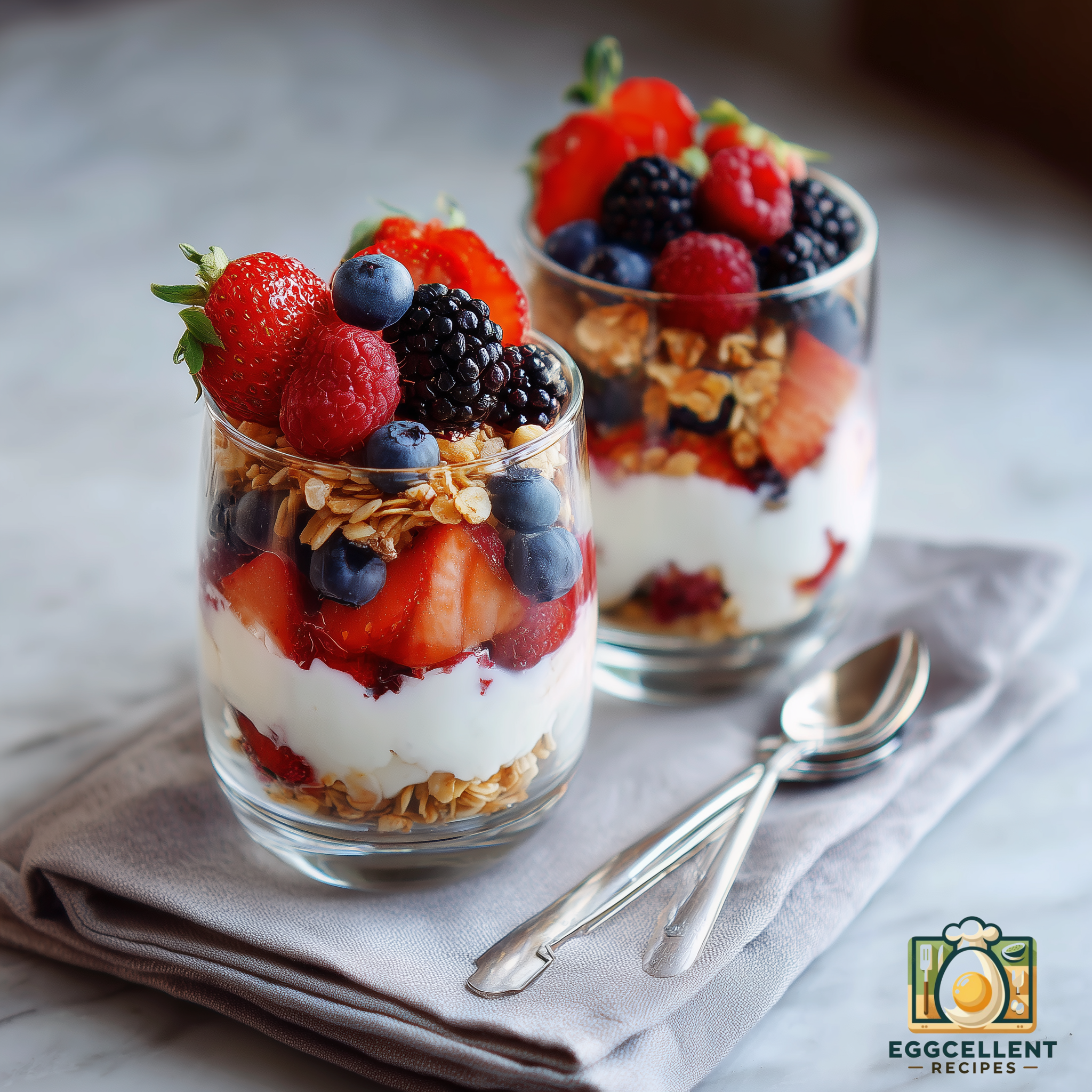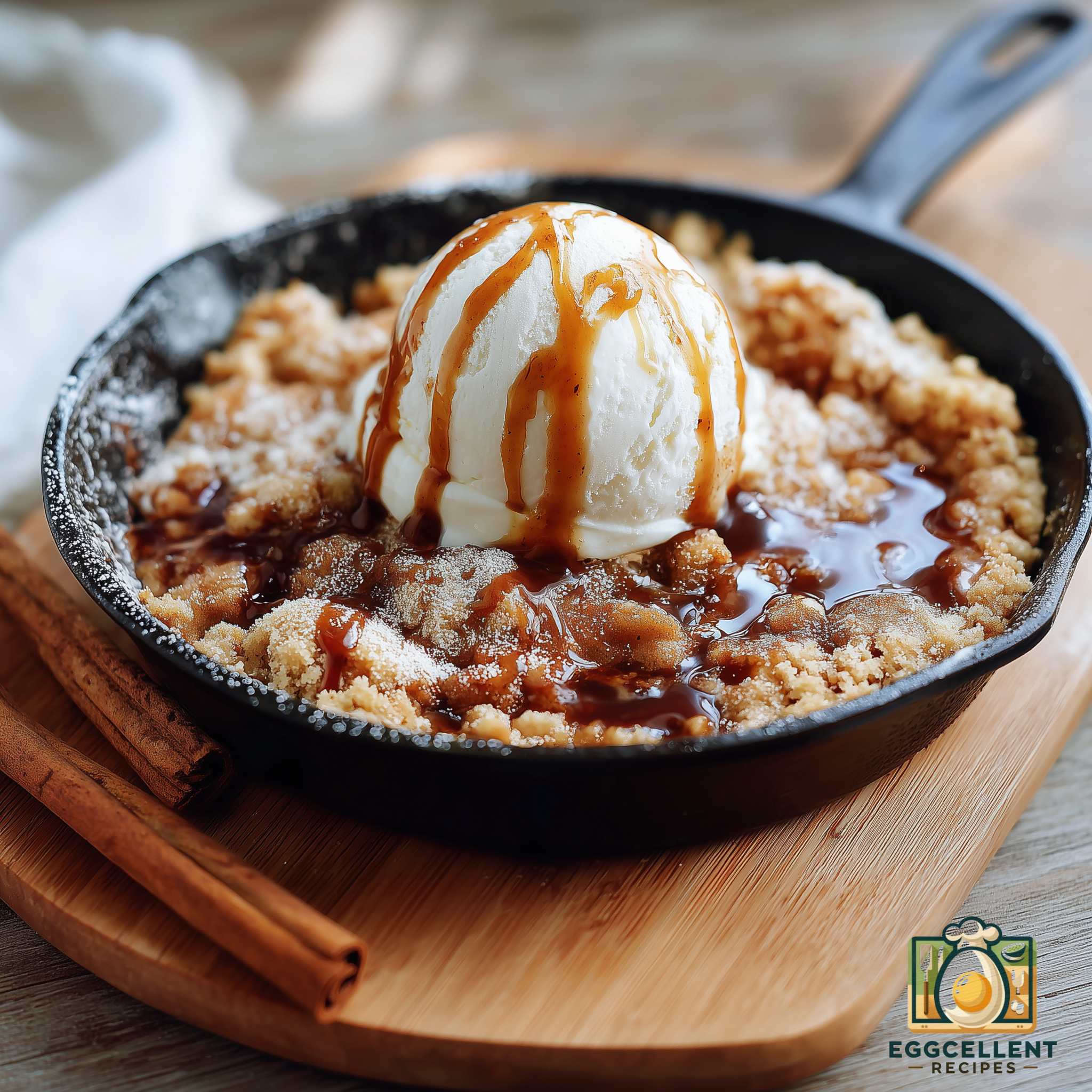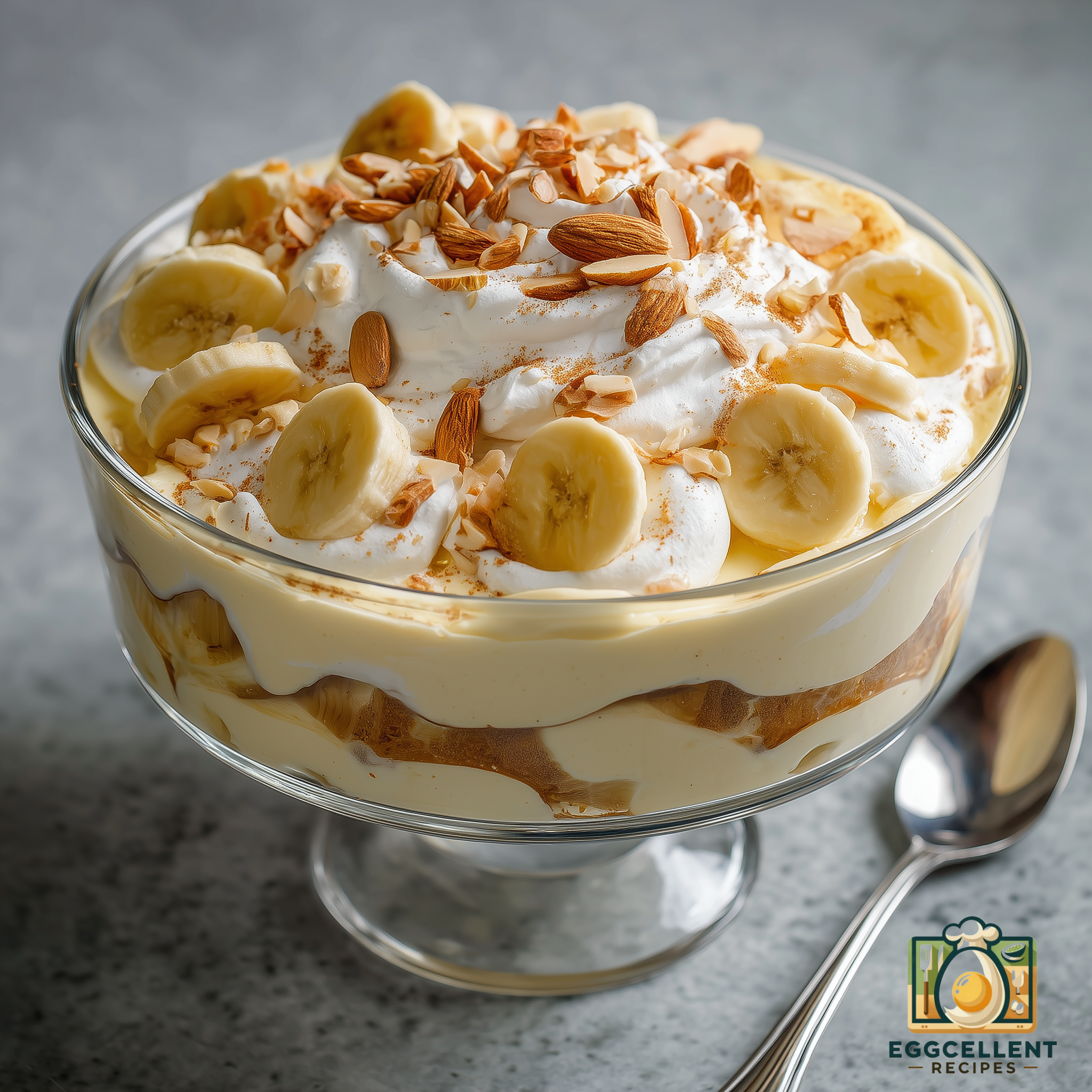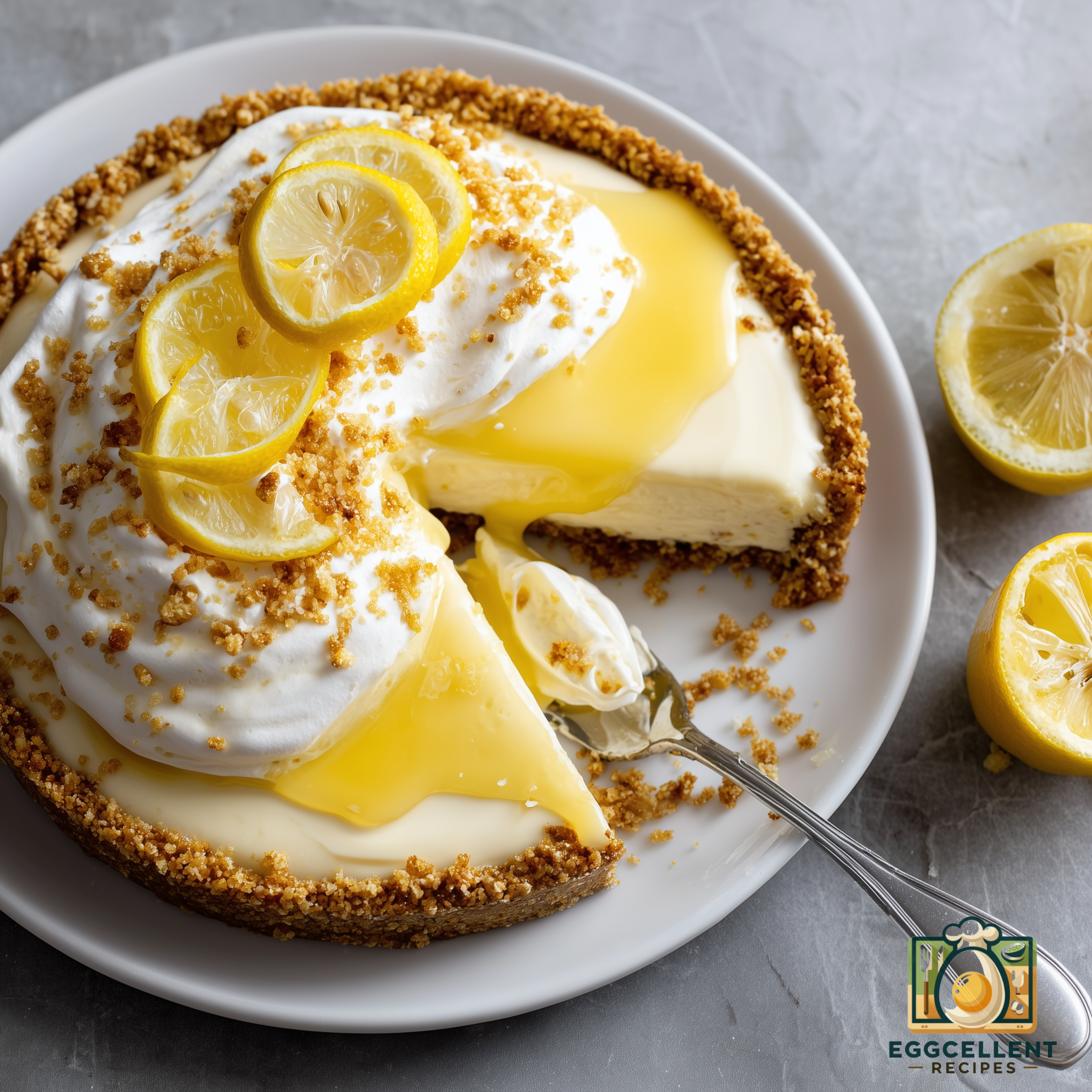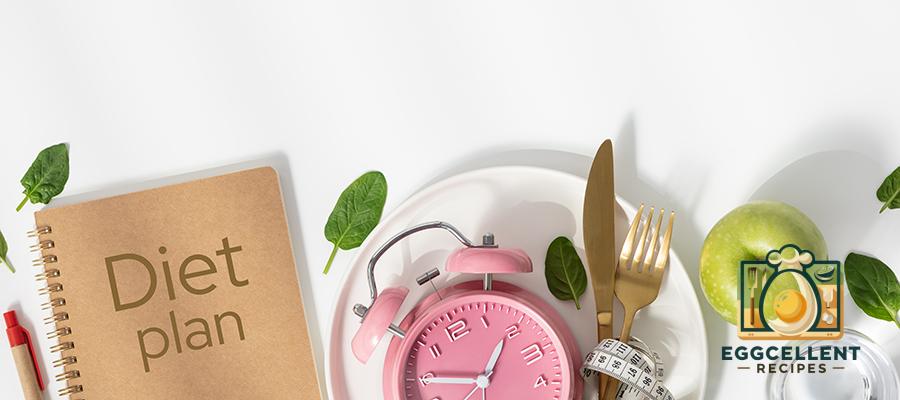
Intermittent fasting (IF) is a simple and effective way to improve health, promote weight loss, and build a sustainable eating pattern. For beginners, choosing the right meals during eating windows is essential to maximize the benefits of fasting while maintaining energy and nutrition. This guide offers meal ideas and tips to make your intermittent fasting journey enjoyable and successful.
What to Eat During Intermittent Fasting
The focus during eating windows should be on nutrient-dense, whole foods that keep you full, energized, and satisfied. Incorporating the right balance of macronutrients (proteins, fats, and carbohydrates) ensures you meet your nutritional needs.
Key Food Groups to Include:
- Lean Proteins: Chicken, turkey, fish, eggs, tofu, legumes.
- Healthy Fats: Avocados, nuts, seeds, olive oil, fatty fish.
- Complex Carbohydrates: Whole grains, quinoa, sweet potatoes, oats.
- Vegetables: Spinach, kale, broccoli, peppers, zucchini.
- Fruits: Berries, apples, bananas, citrus fruits.
Sample Intermittent Fasting Meal Plan
16/8 Fasting Schedule Example
- Fasting Period: 8 PM–12 PM
- Eating Window: 12 PM–8 PM
Meal Ideas for the Eating Window
12 PM: Break the Fast
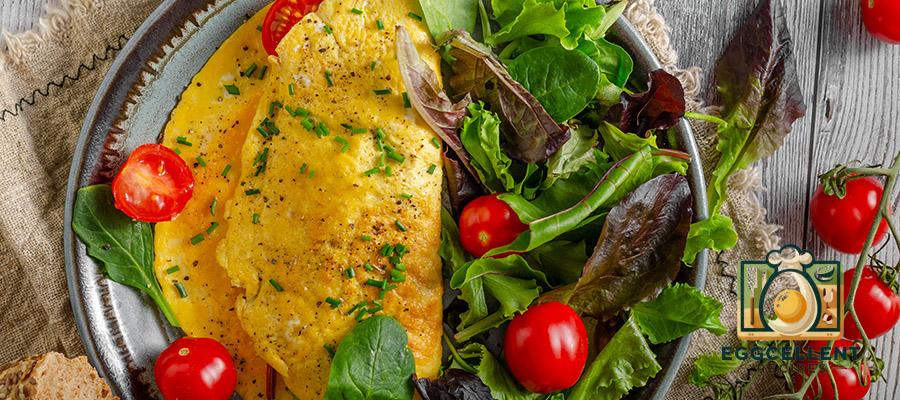
- Protein-Packed Omelet
- Ingredients: 2 eggs, spinach, mushrooms, feta cheese.
- Serve with a slice of whole-grain toast.
- Greek Yogurt Parfait
- Layer Greek yogurt with granola, fresh berries, and a drizzle of honey.
Snack (3 PM): Energy Booster
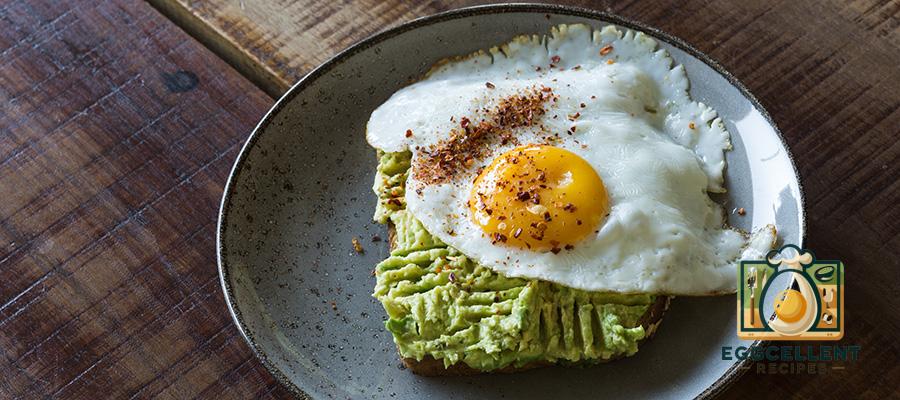
- Avocado Toast with Egg
- Whole-grain toast topped with mashed avocado, a poached egg, and red pepper flakes.
- Trail Mix
- A mix of almonds, walnuts, dried cranberries, and dark chocolate chips.
Dinner (6 PM): Balanced Meal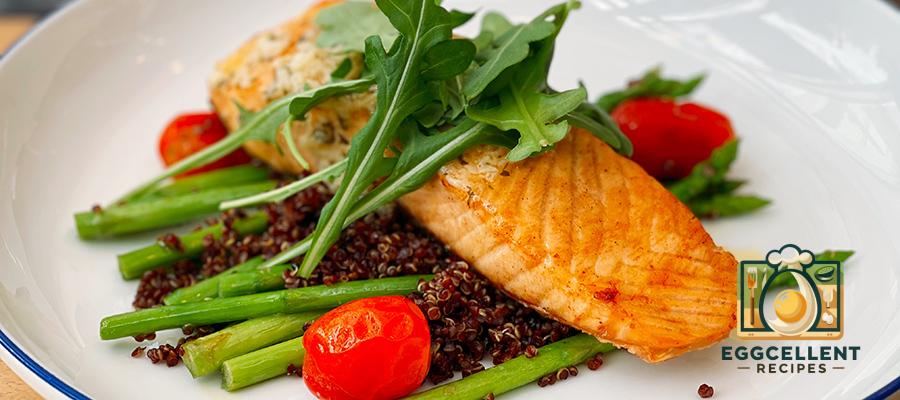
- Grilled Salmon Bowl
- Grilled salmon over quinoa with roasted vegetables (e.g., zucchini, carrots, and broccoli).
- Drizzle with olive oil and lemon juice.
- Chicken Stir-Fry
- Sautéed chicken breast with bell peppers, onions, and snap peas.
- Serve over brown rice or cauliflower rice.
Snack/Dessert (7:30 PM): Light and Satisfying
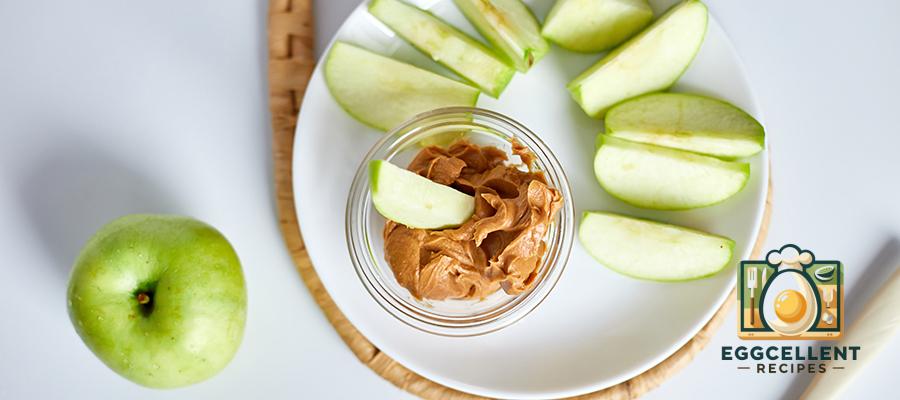
- Chia Seed Pudding
- Made with almond milk, chia seeds, and a touch of vanilla. Top with fresh mango slices.
- Apple Slices with Almond Butter
Tips for Beginners
- Stay Hydrated
During fasting periods, drink plenty of water, herbal teas, or black coffee to stay hydrated and curb hunger. - Plan Your Meals
Preparing meals in advance ensures you make healthy choices during your eating window. - Avoid Processed Foods
Focus on whole, unprocessed foods to keep energy levels stable and support overall health. - Don’t Overeat
Stick to regular portion sizes to avoid negating the calorie deficit created by fasting. - Gradually Increase Fasting Times
If you’re new to IF, start with a 12/12 schedule (12 hours of fasting and eating) and work your way up to longer fasting periods like 16/8.
Foods to Avoid
- Sugary Drinks and Desserts
These can cause energy crashes and increase hunger. - Fried and Processed Foods
These are calorie-dense and provide little nutritional value. - Excessive Refined Carbs
Foods like white bread, pasta, and pastries can spike blood sugar and leave you feeling hungry.
Final Thoughts
Intermittent fasting doesn’t have to be complicated or restrictive. By focusing on wholesome, satisfying meals during your eating window, you can enjoy the benefits of fasting while supporting your body’s needs. With the right approach, intermittent fasting can become a sustainable and healthy part of your lifestyle.

